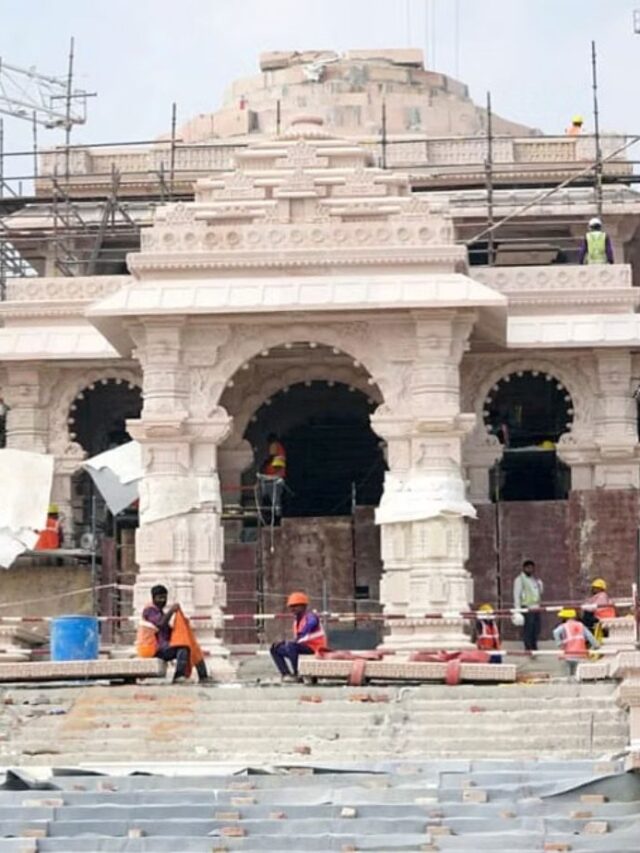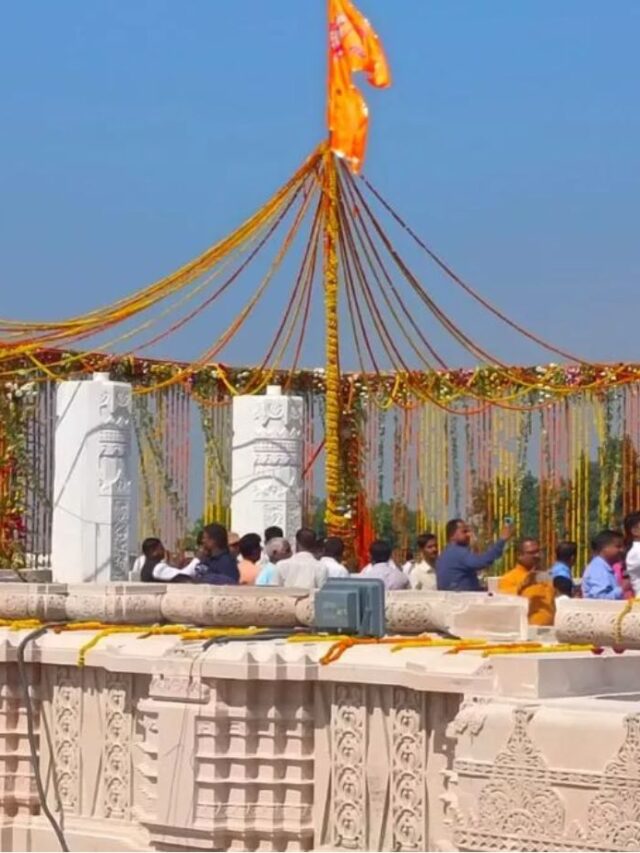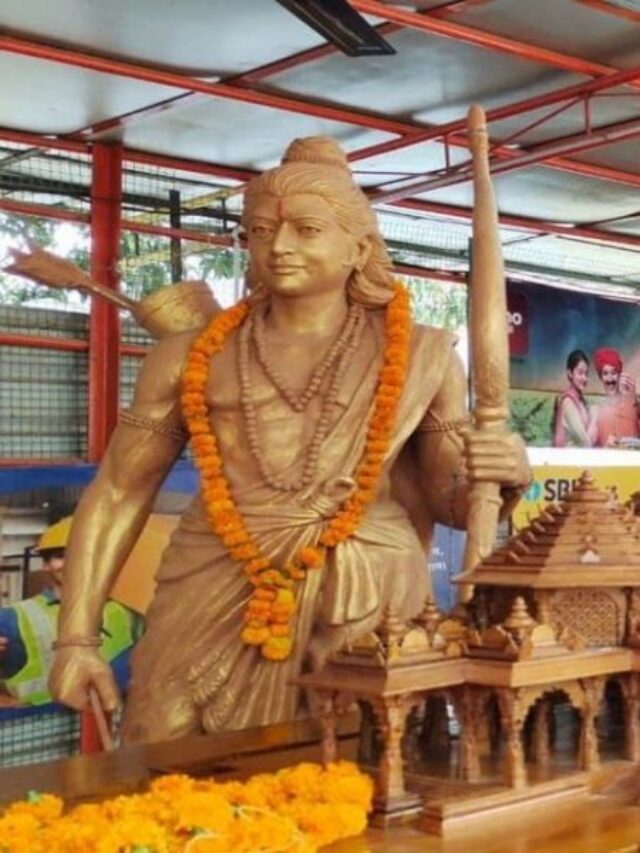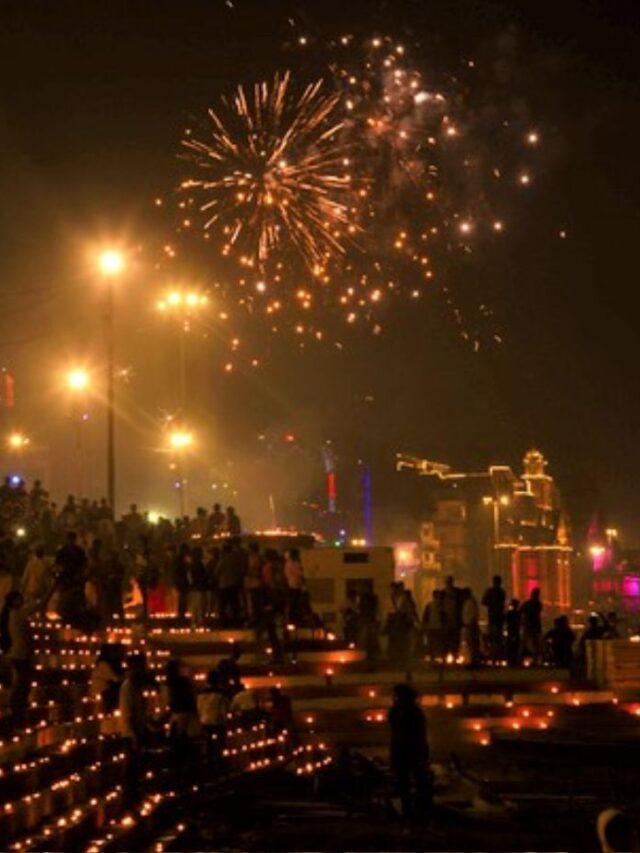The Ayodhya Movement stands as a pivotal chapter in India’s socio-cultural tapestry, woven with fervent emotions, historical contentions, and profound implications. Rooted in the belief that Ayodhya is the birthplace of Lord Ram, the movement has traversed through decades, leaving an indelible mark on society and culture. This article delves into the multifaceted dimensions of the Ayodhya Movement, exploring its social impact and the cultural ramifications that have unfolded over time.
The Historical Context
Emerging from the intricate tapestry of India’s historical and spiritual heritage, the roots of the Ayodhya Movement delve deep into the cultural consciousness. Ayodhya, an emblematic city for millions of Hindus, holds an unparalleled place in their hearts. The foundational pillar of this movement rests on the conviction that Lord Ram, an esteemed deity, graced Ayodhya with his birth, an age-old tenet that has been intricately woven into the very essence of Hinduism. This spiritual reverence gained momentum during the latter half of the 20th century, when fervent appeals for the construction of a temple dedicated to Lord Ram at the Babri Masjid site surged forth. Driven by a coalition of Hindu nationalist groups, the Ayodhya Movement was propelled by an ardent quest to reclaim what they regarded as their hallowed inheritance.
Social Impact
The Ayodhya Movement’s social impact has been profound, polarizing, and transformative. It has triggered intense debates and discussions, galvanizing both supporters and opponents across various segments of society.
Read more – Exploring the Historical Significance of Ayodhya Movements: An Analysis
- Religious Polarization: The movement accentuated religious divisions, fostering a polarized environment where communities were pitted against each other. Communal tensions escalated, leading to instances of violence and strife, leaving scars on communal relations that persist even today.
- Identity Politics: The Ayodhya Movement became a breeding ground for identity politics, where religious affiliations took precedence over other factors. This shift in focus influenced political agendas, with parties aligning themselves to cater to specific religious groups to secure their support.
- National Unity and Diversity: On the flip side, the movement also led to introspection on India’s pluralistic nature. Efforts to bridge gaps and emphasize national unity were pursued by various groups, acknowledging the diverse fabric of Indian society.
Cultural Ramifications
The cultural implications of the Ayodhya Movement ripple through art, literature, and societal norms, reshaping the way Indians perceive their cultural heritage.

Read more – Ayodhya Reclamation: Tracing the Historical Journey and Cultural Significance
- Artistic Expressions: The Ayodhya Movement inspired creative expressions that reflected the fervor and conflict surrounding the issue. Paintings, sculptures, and literary works depicted the emotional intensity associated with the movement, capturing its essence for posterity.
- Historical Revisions: The movement also prompted a reevaluation of historical narratives, with proponents seeking to establish a connection between ancient texts and contemporary realities. This effort led to a reexamination of India’s history, impacting how generations perceive their cultural lineage.
- Architectural Reshaping: The eventual demolition of the Babri Masjid and the subsequent construction of the Ram Mandir marked a significant architectural shift. The new temple, while symbolizing the triumph of one community’s beliefs, also prompted discussions about the need to respect diverse architectural heritage.
- Cultural Syncretism: Amidst the divisions, there emerged instances of cultural syncretism, where individuals and groups sought to bridge the gap between different religious beliefs. These endeavors celebrated the shared cultural elements that bind India together.
Conclusion
The Ayodhya Movement has etched itself into the annals of Indian history, leaving an imprint that is as divisive as it is unifying. Its social impact has evoked passionate reactions, altering the course of politics and shaping societal dynamics. Meanwhile, its cultural ramifications have inspired artistic expressions and engendered debates on national identity and heritage. As India progresses, the memory of the Ayodhya Movement serves as a reminder of the complex interplay between faith, society, and culture, urging the nation to embrace its diversity while seeking unity amidst differences.
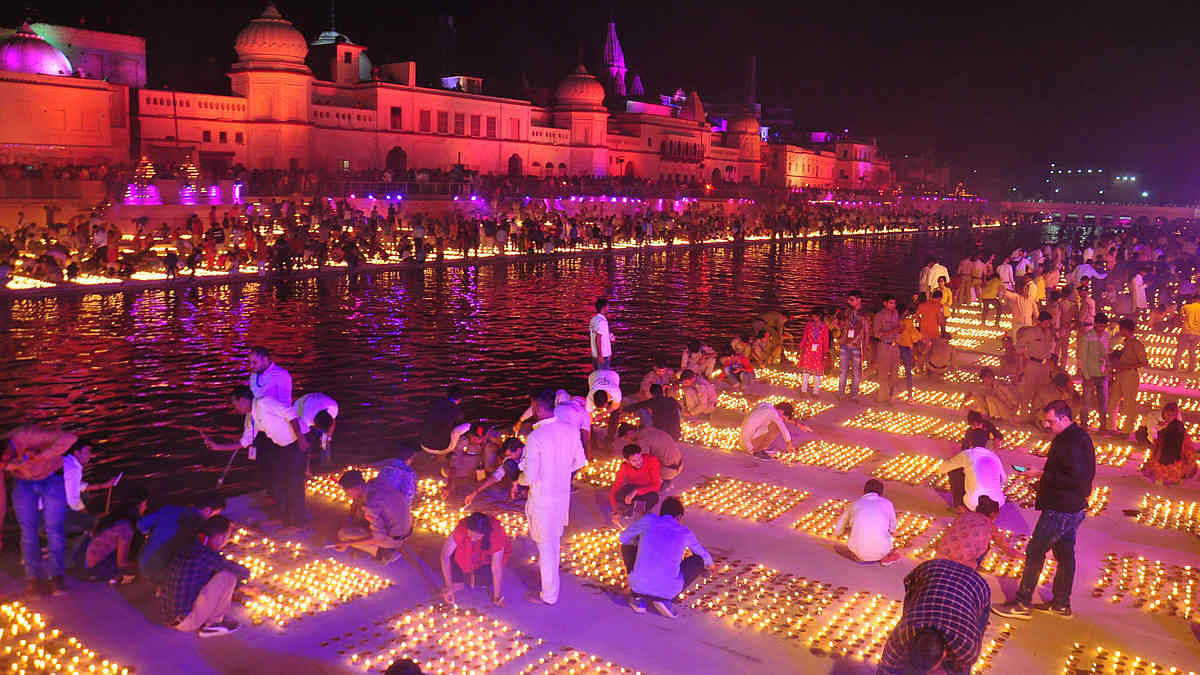
Read more – Unveiling the Mysteries: Embarking on a Religious Tour Around the World


